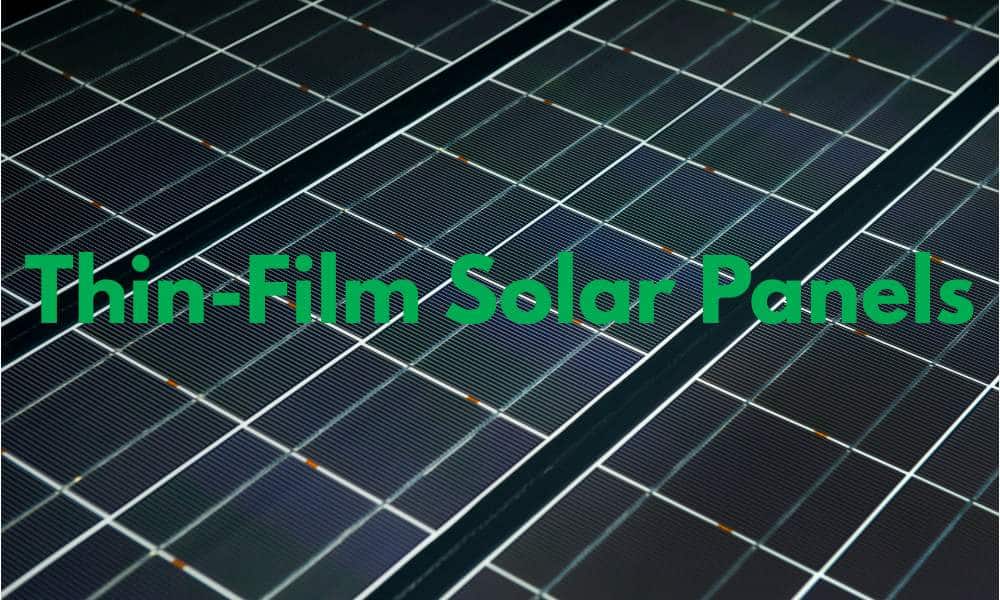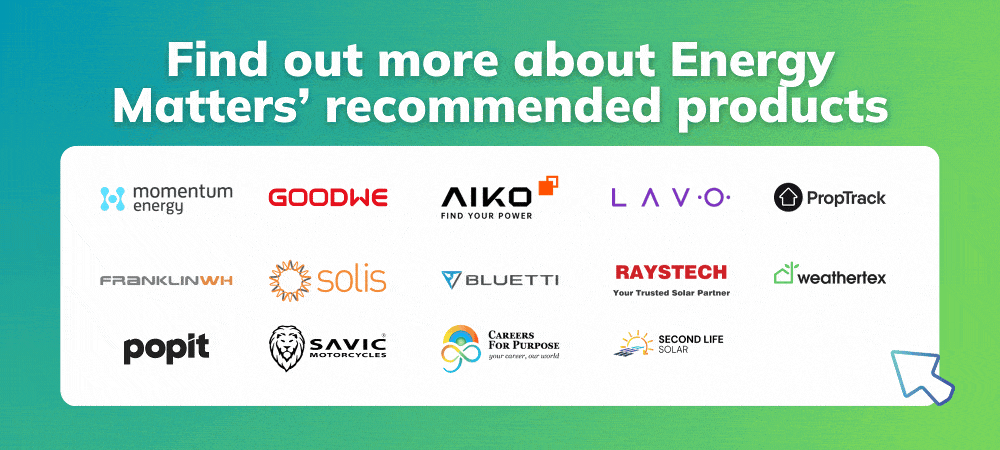Thin-film photovoltaic technology presents an alternative to conventional crystalline silicon solar panels. While Australia has widely adopted solar energy, understanding the attributes of thin-film technology is crucial for informed decision-making regarding residential, commercial, and specialised applications.
Pros of thin-film solar panels
Thin-film solar panels provide several distinct benefits:
- Lightweight: Beyond simple weight reduction, consider the prevalence of corrugated iron and lightweight roofing in residential and rural buildings. Thin-film’s lower weight can simplify installation and reduce the need for costly structural modifications on these common roof types, providing a tangible advantage over heavier silicon panels.
- Design flexibility: The conformability of certain thin-film applications offers many design advantages by reducing gaps where embers can lodge, a crucial consideration for building standards and safety.
- Consistent performance in diverse light conditions: While Australia enjoys high levels of sunshine, cloud cover and haze are also common. Certain thin-film technologies, such as amorphous silicon, exhibit better performance in diffuse light conditions than crystalline silicon, ensuring a more stable energy generation throughout the varied weather patterns experienced across the continent.
- Lower embodied energy: Some thin-film manufacturing processes require less energy for environmentally conscious consumers than traditional silicon panel production. This lower embodied energy footprint aligns with the growing demand for sustainable products and can be a significant factor for those prioritising environmental impact.
- Potential for integration with local building materials: Thin-film technology’s adaptability opens opportunities for collaboration with Aussie manufacturers of roofing, cladding, and other construction materials. This could lead to locally produced, integrated solar solutions tailored to building standards and create economic benefits within the country.
The cons of thin-film solar panels
- Lower space efficiency: Thin-film panels generally require a larger surface area to generate the same amount of electricity as crystalline silicon panels. Typical Aussie residential and commercial roof sizes can limit the overall energy yield achievable for properties with constrained roof space.
- Potentially shorter lifespan and higher degradation: Some thin-film technologies may exhibit a shorter lifespan or a higher rate of performance degradation over time compared to well-established crystalline silicon panels. This can impact the long-term return on investment for consumers who expect solar installations to last for several decades.
- Specific material concerns and disposal: Certain thin-film types, such as cadmium Telluride, use materials with environmental or health concerns during manufacturing or disposal. While regulations exist, consumers may have ethical considerations regarding these materials and the availability of specialised recycling programs within the country.
- Established market and installer expertise: The Australian solar market is dominated by crystalline silicon technology. This means there may be fewer installers with extensive experience in specific thin-film technologies, potentially leading to higher installation costs or limited availability in certain regions.
- Sensitivity to shading: Like all solar panels, thin-film is susceptible to shading. However, the impact of partial shading on the overall performance of some thin-film designs can be more pronounced compared to specific crystalline silicon configurations, a factor to consider given varied property layouts and potential obstructions in urban and suburban environments.
Thin-film vs. traditional solar panels
| Feature | Thin-Film Solar Panels | Traditional Crystalline Silicon Solar Panels |
| Space Efficiency | Lower (requires more area for the same power) | Higher (produces more power per unit area) |
| Initial Cost | Can vary; potential for lower future costs | Generally competitive and often lower upfront cost |
| Aesthetics | Greater versatility; potential for seamless integration | More standardised appearance |
| Durability & Lifespan | Can vary by type; potentially shorter lifespan/higher degradation for some | Generally, longer warranties and established long-term reliability |
| Temperature Perf. | Some types perform better in high temperatures | Performance has improved in modern panels |
| Applications | Ideal for flexible, portable, and integrated uses | Dominant for fixed residential and commercial installations |
| Market Presence | Smaller market share; fewer experienced installers | Dominant market share; widely available installers |
| Material Concerns | Some types contain materials with environmental concerns | Generally less hazardous materials |
Are thin-film solar panels right for you?
The suitability of thin-film solar panels hinges on specific needs and priorities. If roof space is limited, traditional crystalline silicon panels will likely offer a greater energy yield. However, if your priority is architectural integration or flexibility for non-standard surfaces like sheds, curved roofs, or portable applications, thin-film presents compelling options.
Consider the long-term investment horizon. While some thin-film technologies have the potential for lower future costs, the established reliability and longer warranties of crystalline silicon are often preferred for long-term security. Evaluate the aesthetic impact on your property. If a less visually obtrusive solar solution is desired, certain thin-film options may be more suitable.
Finally, assess your environmental values. Research the specific materials used in different thin-film technologies and their associated lifecycle impacts, comparing them to the well-documented environmental considerations of silicon-based panels. Obtaining quotes and advice from experienced solar installers familiar with both technologies in the Australian market is crucial for making a decision tailored to your unique circumstances.
Thin-film solar technology offers distinct advantages in specific niches within the Australian energy landscape. Its lightweight nature and design flexibility open possibilities for a wider range of applications and architectural integrations. However, the generally lower space efficiency and potential concerns regarding lifespan and materials require careful consideration. For many standard residential and commercial grid-connected systems in Australia, traditional crystalline silicon panels remain the dominant and often more practical choice due to their higher efficiency and established reliability. Ultimately, the decision rests on thoroughly assessing individual energy needs, property characteristics, aesthetic preferences, and long-term investment goals. Consulting with qualified solar professionals is recommended to determine the optimal solution.
Energy Matters has been in the solar industry since 2005 and has helped over 40,000 Australian households achieve energy independence.
Complete our quick Solar Quote Quiz to receive up to 3 FREE solar quotes from trusted local installers – it’ll only take you a few minutes and is completely obligation-free.














































